Prossenicco Church & Bell Tower – Chiesa e Campanile di Prossenicco
- Maria Scuor
- Sep 2, 2024
- 7 min read
Italiano in ogni sezione
In our recent visit to Prossenicco I had the pleasure to spend ½ an hour by myself in the towns church, The first time I stepped into this church was during our honeymoon in 1984, the church had been destroyed by the 1976 earthquake and it was very hard to see it in that state, therefore it was surreal to be in its beauty today.
The church dates back to April 3, 1448 when the license to build a church in Prossenicco was approved and would be named Church of San Leonardo, Santa Margherita and San Giovanni. On March 26, 1518 a massive earthquake hit and the church was damaged. It wasn’t until 1720 that the floor was in such bad condition that the archdeacon stated it needed to be redone.
In 1806 the church received the baptismal font and in 1830 the new sacristy was approved to be built. It wasn’t until 1836 that the church became a Sacramental Church (able to perform the seven catholic sacraments). From 1850 – 1864 the choir was removed and the church was enlarged and on September 29, 1889, the Archbishop of Udine, Giovanni Maria Bergeno consecrated (declare it sacred) the church.
Luckily, neither World Wars damaged Prossenicco or the church however around the 1930’s there was notable hostilities with Slovenia, which borders Prossenicco by three kilometers. During this time Slovenian sermons were banned from Italian churches and the Slavic inscriptions of the Via Crucis inside the church were removed. The church became a Parish separated from Attimis in 1955.
The horrific earthquake of May 6, 1976 caused Friuli massive destruction, with almost 1,000 deaths. Prossenicco was seriously damaged and it took until 1978 to return the displaced villagers to the prefabricated homes. The church had sustained massive amount of damage and it wasn’t until 1994 that the renovated church was inaugurated. In 2009, based on the architect's project, Rossella di Brazza, the church was the subject of a restoration project and today is beautifully restored inside out.
The church is a rectangular building made of masonry made of mixed pebbles, stone and brick. The roof is made of brick tiles and the façade is made of two registers with tympanum with molded frame and oppilate ventilation oculus. The lower register has the stone portal entrance, in the central register there is a thermal window above the portal entrance flanked by two round niches. The flooring is in square slabs of gray stone arranged in a lozenge and lanes.
The interior is divided into two horizontal sections by the molded frame which also runs into the presbytery and vertically by the two pockets of the side altars within a rounded frame. On the ceiling there is an amazing painting of the Virgin Mary with six angels.
The deep presbytery, with original balustrades and altar made of valuable marble and carved stone, raised by three steps, overlooks the round arch. The altar area has a cross vault and is illuminated by two windows facing north and south. On one side of the church there is an altar also made of marble and carved stone and candles dedicated to the Madonna and child and directly opposite on the other side of the church, there is an altar and candles dedicated to what I think to be San Leonardo, Santa Margherita and San Giovanni.
At the northern counter-façade is the niche of the baptismal font with gate which is opposite the confessional niche. At the side entrance of the church, there is a wooden glass case that holds a wooden statue of the Madonna dressed in her royal clothing, depicting as she would have been in her early life. Next to it is a frame showing the work required to restore her after the earthquake.
Here is a TikTok video and pictures of this amazing church - Ecco un video TikTok e le immagini di questa fantastica chiesa
Stations of the Cross - Via Crucis
Chiesa da Prossenicco
Nella nostra recente visita a Prossenicco ho avuto il piacere di trascorrere 1/2 ora da solo nella chiesa del paese, la prima volta che sono entrato nella chiesa durante la nostra luna di miele nel 1984, la chiesa era stata distrutta dal terremoto del 1976 ed era molto difficile vederla in quello stato, quindi era surreale essere nella sua bellezza oggi.
La chiesa risale al 3 aprile 1448 quando fu approvata la licenza per costruire una chiesa a Prossenicco che avrebbe preso il nome di Chiesa di San Leonardo, Santa Margherita e San Giovanni. Il 26 marzo 1518 un forte terremoto colpì e la chiesa fu danneggiata. Fu solo nel 1720 che il pavimento era in condizioni così cattive che l'arcidiacono dichiarò che doveva essere rifatto.
Nel 1806 la chiesa ricevette il fonte battesimale e nel 1830 fu approvata la costruzione della nuova sacrestia. Fu solo nel 1836 che la chiesa divenne una Chiesa sacramentale (in grado di celebrare i sette sacramenti cattolici). Dal 1850 al 1864 il coro fu rimosso e la chiesa fu ampliata e il 29 settembre 1889 l'arcivescovo di Udine, Giovanni Maria Bergeno, consacrò (dichiarò sacra) la chiesa.
Fortunatamente, nessuna delle due guerre mondiali danneggiò Prossenicco né la chiesa, tuttavia intorno agli anni '30 ci furono notevoli ostilità con la Slovenia, che confina con Prossenicco di tre chilometri. Durante questo periodo le prediche slovene furono bandite dalle chiese italiane e le iscrizioni slave della Via Crucis all'interno della chiesa furono rimosse. La chiesa divenne una parrocchia separata da Attimis nel 1955.
Il terribile terremoto del 6 maggio 1976 causò al Friuli enormi distruzioni, con quasi 1.000 morti. Prossenicco fu gravemente danneggiata e ci volle fino al 1978 per riportare gli abitanti del villaggio sfollati nelle case prefabbricate. La chiesa aveva subito ingenti danni e fu inaugurata solo nel 1994 la chiesa ristrutturata. Nel 2009, su progetto dell'architetto Rossella di Brazzà, la chiesa è stata oggetto di un progetto di restauro e oggi è splendidamente restaurata all'interno.
La chiesa è un edificio rettangolare realizzato in muratura composta da ciottoli misti, pietra e mattoni. Il tetto è in tegole e la facciata è costituita da due registri con timpano con cornice modanata e oculo di ventilazione oppilato. Il registro inferiore presenta l'ingresso del portale in pietra, nel registro centrale si trova una finestra termale sopra l'ingresso del portale fiancheggiata da due nicchie rotonde. La pavimentazione è in lastre quadrate di pietra grigia disposte a losanga e corsie.
L'interno è diviso in due sezioni orizzontali dalla cornice modanata che corre anche nel presbiterio e verticalmente dalle due tasche degli altari laterali entro una cornice arrotondata. Sul soffitto c'è uno stupefacente dipinto della Vergine Maria con sei angeli.
Il profondo presbiterio, con balaustre originali e altare in pregevole marmo e pietra scolpita, rialzato di tre gradini, si affaccia sull'arco a tutto sesto. La zona dell'altare è volta a crociera ed è illuminata da due finestre rivolte a nord e a sud. Su un lato della chiesa c'è un altare anch'esso in marmo e pietra scolpita e candele dedicate alla Madonna con il bambino e direttamente di fronte all'altro lato della chiesa, c'è un altare e candele dedicate a quelli che penso siano San Leonardo, Santa Margherita e San Giovanni.
Alla controfacciata settentrionale si trova la nicchia del fonte battesimale con cancello che si trova di fronte alla nicchia del confessionale. All'ingresso laterale della chiesa, si trova una teca lignea che custodisce una statua lignea della Madonna vestita con le sue vesti regali, raffigurata come sarebbe stata nei suoi primi anni di vita. Accanto c'è una cornice che mostra i lavori necessari per restaurarla dopo il terremoto.
Bell and Clock Tower
At the same time that I got to spend time alone in the church, I was lucky enough to climb the many stairs and step into the past and reach the bells of today's clock tower. It is located right next to the church and was started to be built in 1893 and completed in 1898. The tower is made of stone and the original clock mechanism was mechanical. One that didn't require the sun or someone to move the sand to tell the time.
The mechanism of the clock probably dates back to the mid or late nineteenth century and if you look up at the tower, you will see that all four sides do not have a clock face. This is because people watching from Robedischis and the former Yugoslavia did not want to see this information. The old original mechanism is located at the entrance to the tower to allow everyone to see what it looked like. There is now a digital version installed that, even though the clock reads 5:50 a.m., the six o'clock bells ring because the clock face is not accurate but the digital component is.
Enjoy exploring historical monuments, locations and culture as it is amazing how much you can learn from the past. Live life well always, because we only have one!
Here is a TikTok video and pictures of Bell / Clock Tower - Ecco un video TikTok e le immagini della Campanile e Torre dell'Orologio
Campanile e Torre dell'Orologio
Nello stesso momento in cui ho avuto modo di trascorrere del tempo da solo in chiesa, ho avuto la fortuna di salire le numerose scale e i gradini nel passato e raggiungere le campane dell'odierna torre dell'orologio. Si trova proprio accanto alla chiesa ed è stata iniziata ad essere costruito nel 1893 ed è stata completato nel 1898. La torre è in pietra e il meccanismo originale dell'orologio era meccanico. Uno che non richiedesse il sole o qualcuno che spostasse la sabbia per leggere l'ora.
Il meccanismo dell'orologio risale probabilmente alla metà o alla fine del XIX secolo e se guardi in alto alla torre, vedrai che tutti e quattro lati non hanno il quadrante dell'orologio. Questo perché le persone che guardavano da Robedischis e dall'ex Jugoslavia non volevano vedere queste informazioni. Il vecchio meccanismo originale si trova all'ingresso della torre per consentire a tutti di vedere come appariva. Ora c'è una versione digitale installata che, anche se l'orologio può leggere le 05:50, le campane delle sei del mattino suonano perché il quadrante dell'orologio non è preciso ma la componente digitale lo è.













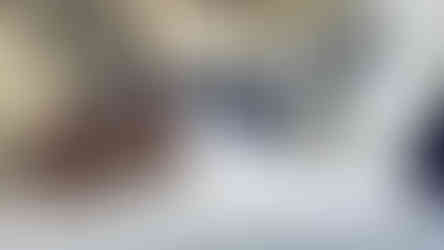





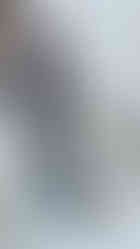





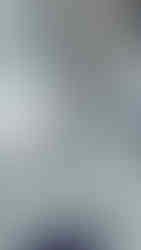

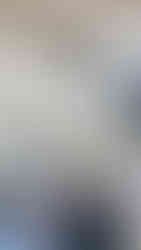





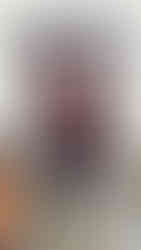









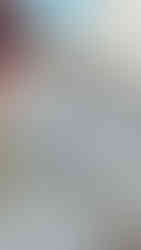





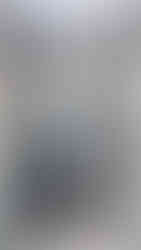







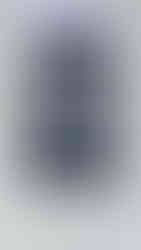






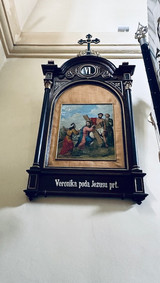




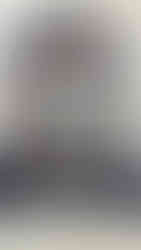

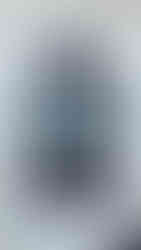





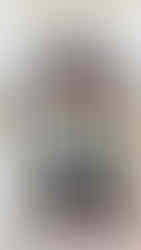

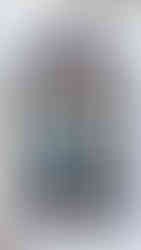





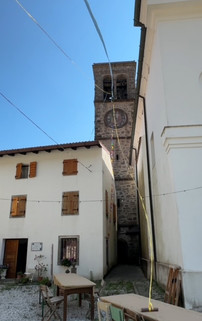
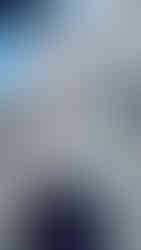


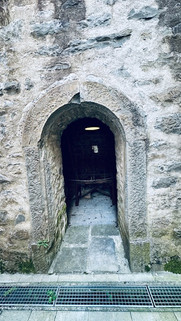



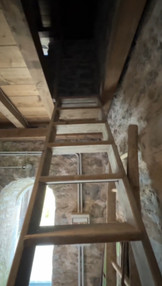
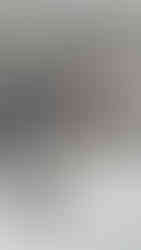



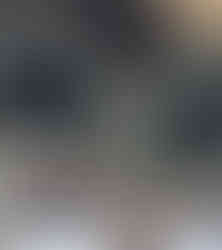

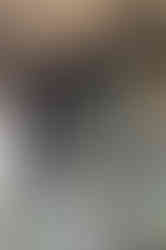



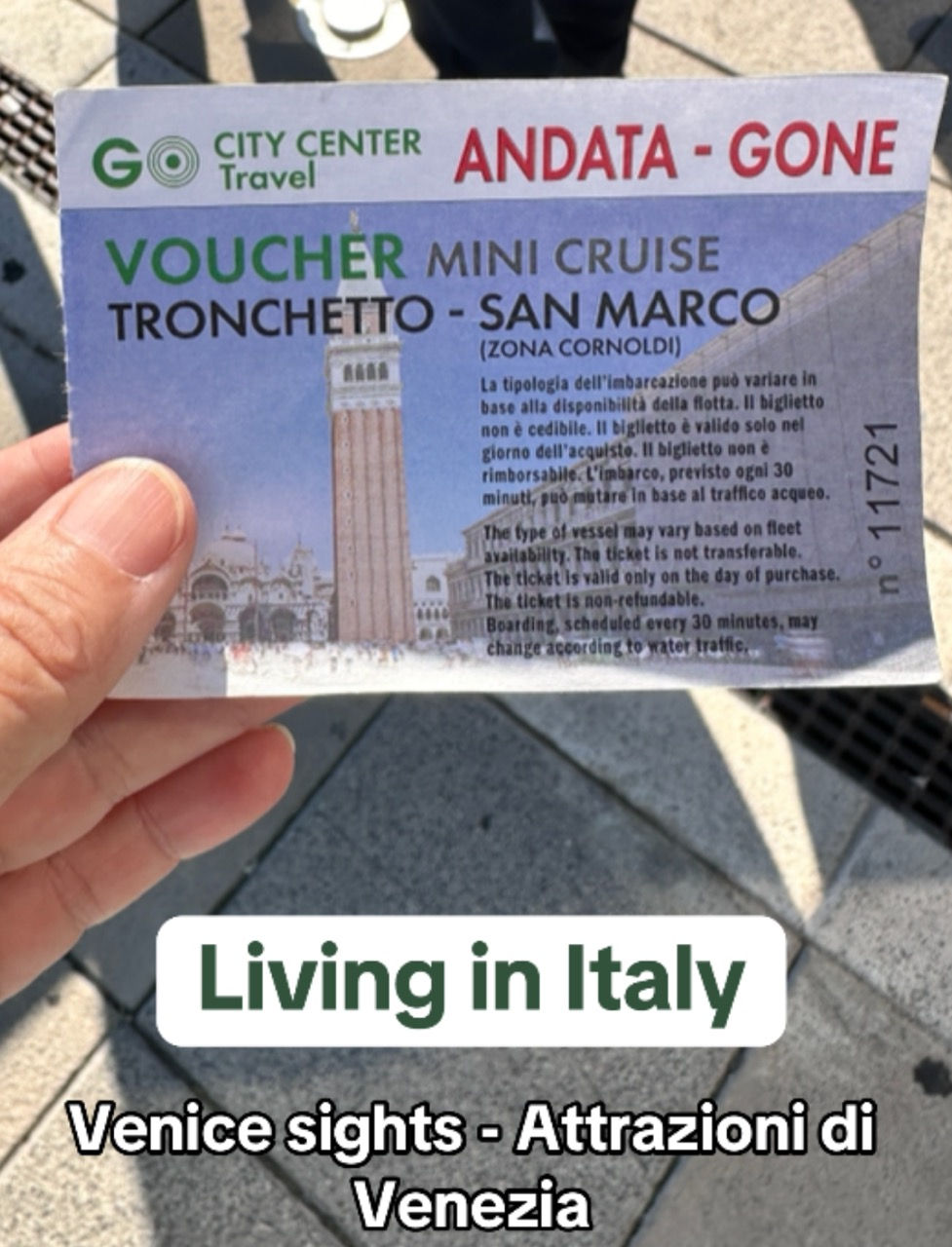


Comments